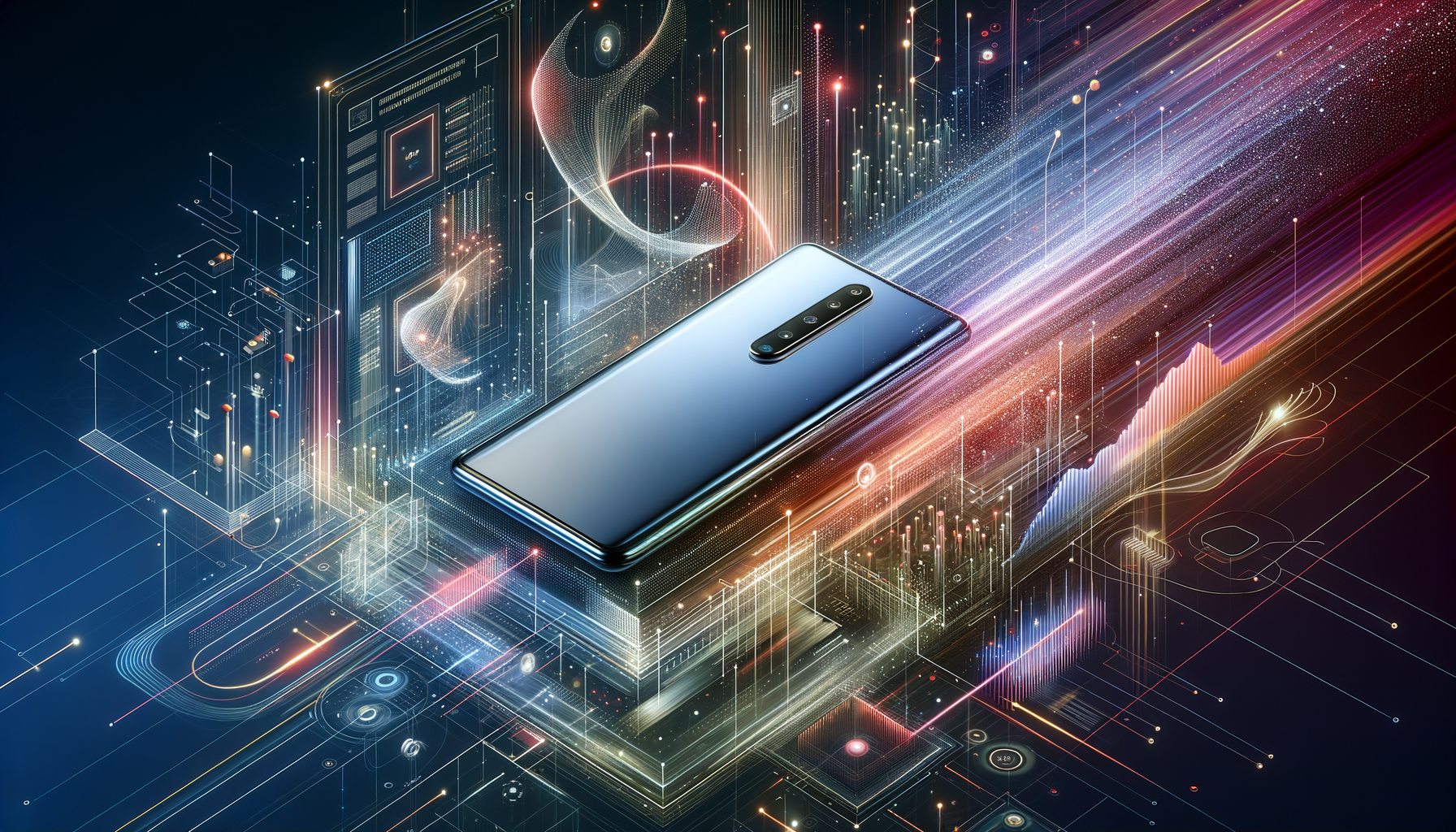Apple’s recent iPhone 15 Pro launch has tech enthusiasts buzzing, not just for the fancy titanium body but also for what’s inside: the all-new A17 Pro chip. This tiny silicon marvel promises to redefine what’s possible on a smartphone, with claims of unmatched speed and advanced graphics capabilities. But is it all just a marketing spiel, or is this the real deal?
Here’s the lowdown
The A17 Pro chip is Apple’s foray into the 3-nanometer process technology. Translation? It’s smaller and more powerful than any chip previously cradled inside an iPhone. According to Apple, the CPU is 20% faster, even though we in the real world will probably just notice apps opening a tad quicker—because who doesn’t want Candy Crush loaded in the blink of an eye?
The graphics processing unit (GPU) now has 6 cores and supports hardware-accelerated ray tracing, a term that will delight gamers and graphics enthusiasts who geek out over realistic lighting. Apple claims it’s up to 30% faster than its predecessors, which is tech-speak for “your games will look even cooler.”
Zooming In
The A17 Pro also introduces a new neural engine, with a speed bump allowing it to process up to 35.8 trillion operations per second—that’s trillion, with a T. It’s built to handle more tasks like enhancing photo details or conducting on-device machine learning.
Apple has suggested that this chip isn’t just about speed, but also about efficiency. So, theoretically, you should be getting through your day with a bit more juice left in the tank, though your mileage may vary depending on how many TikTok videos you scroll through.
Impact and Implications
Why does this matter, you ask? Well, aside from potentially better battery life and snappier social media browsing, this chip marks a landmark in Apple’s vertical integration strategy. By designing its own chips, Apple gets to control both hardware and software, which is like having your cake and eating it too—provided you like cake built on a nanometer scale.
In the broader market, this sets the bar yet again for other tech companies. Competitors like Qualcomm and Samsung are expected to hit back with their own developments, fueling the relentless pace of technological advancement.
Whether you’re an Apple aficionado or simply a curious passerby in the world of tech, the A17 Pro is worth keeping an eye on. It’s not just about having the fastest component under the hood; it’s a peek into the future of mobile processing power.






